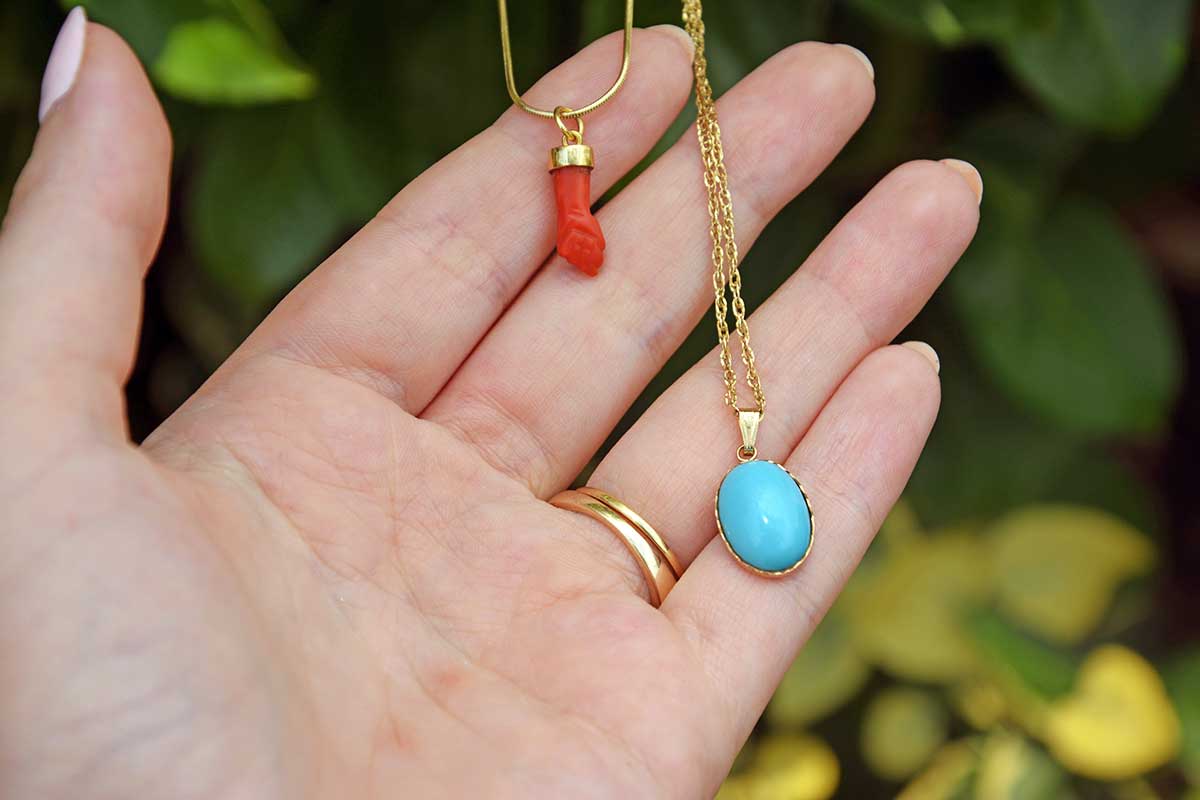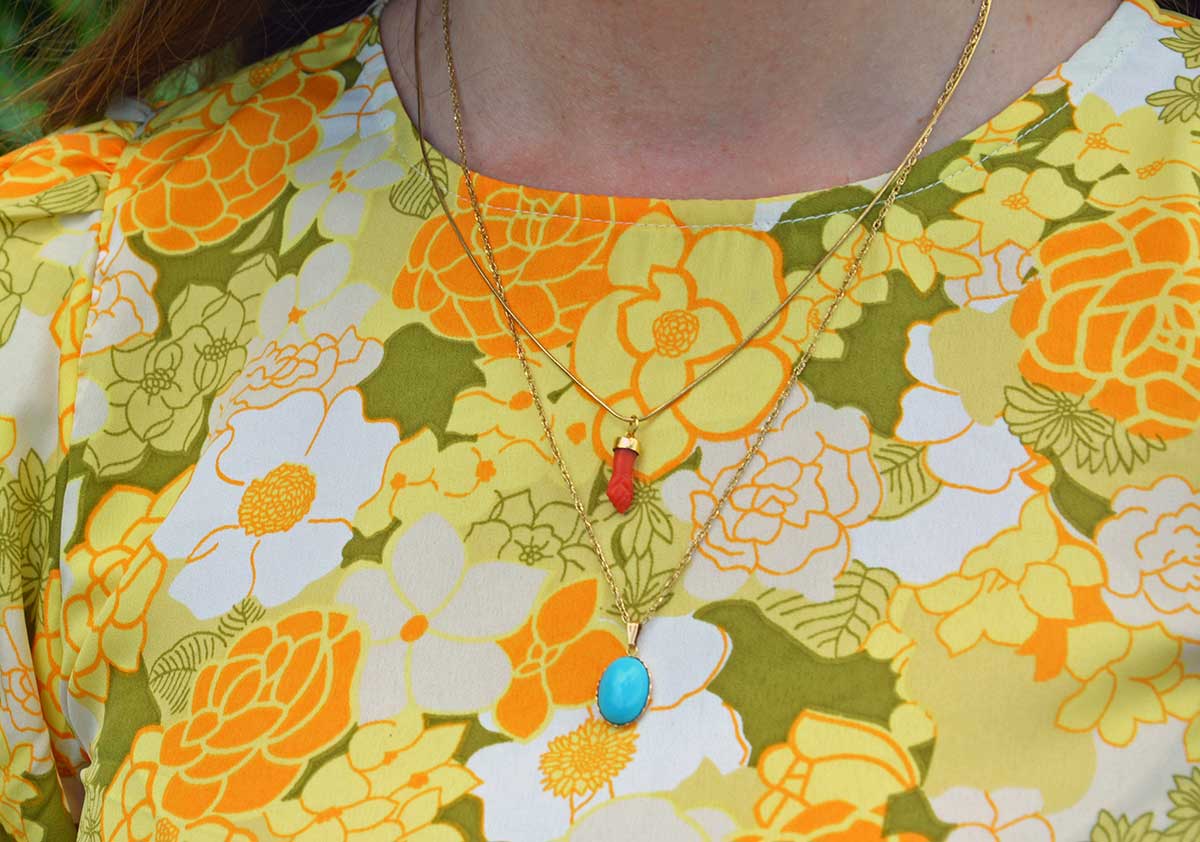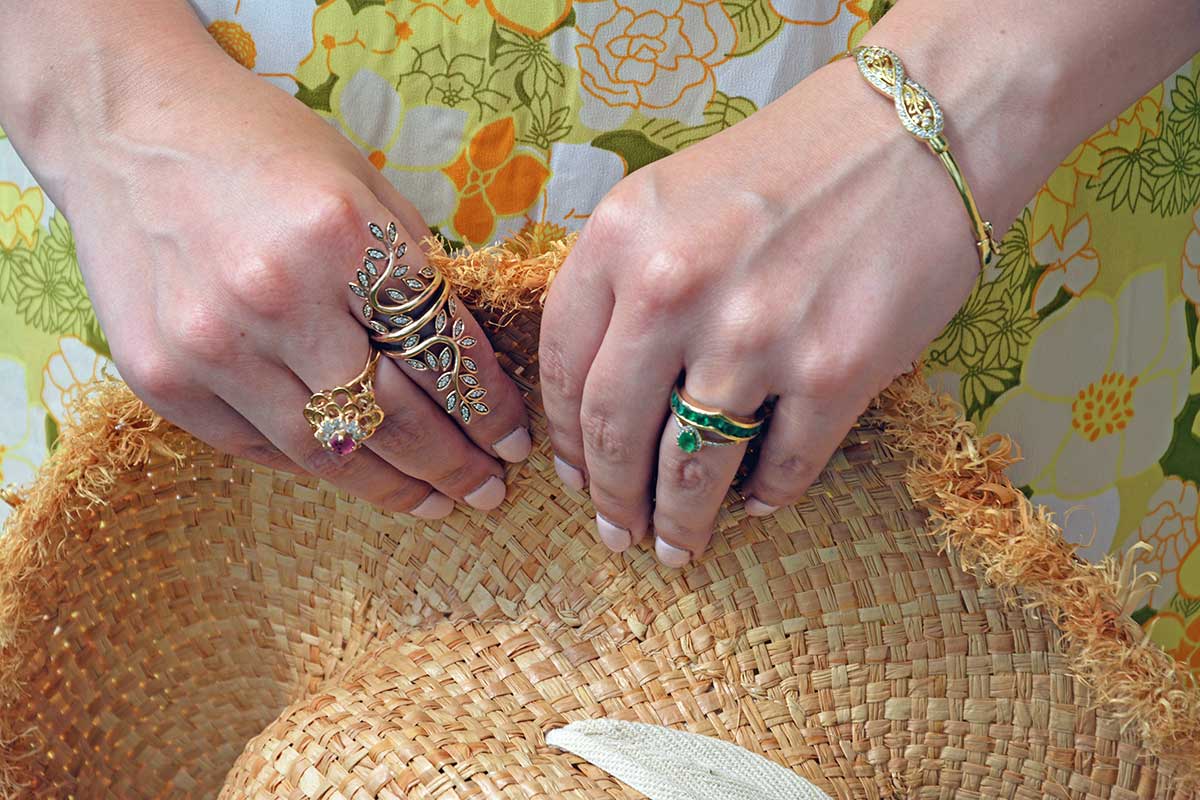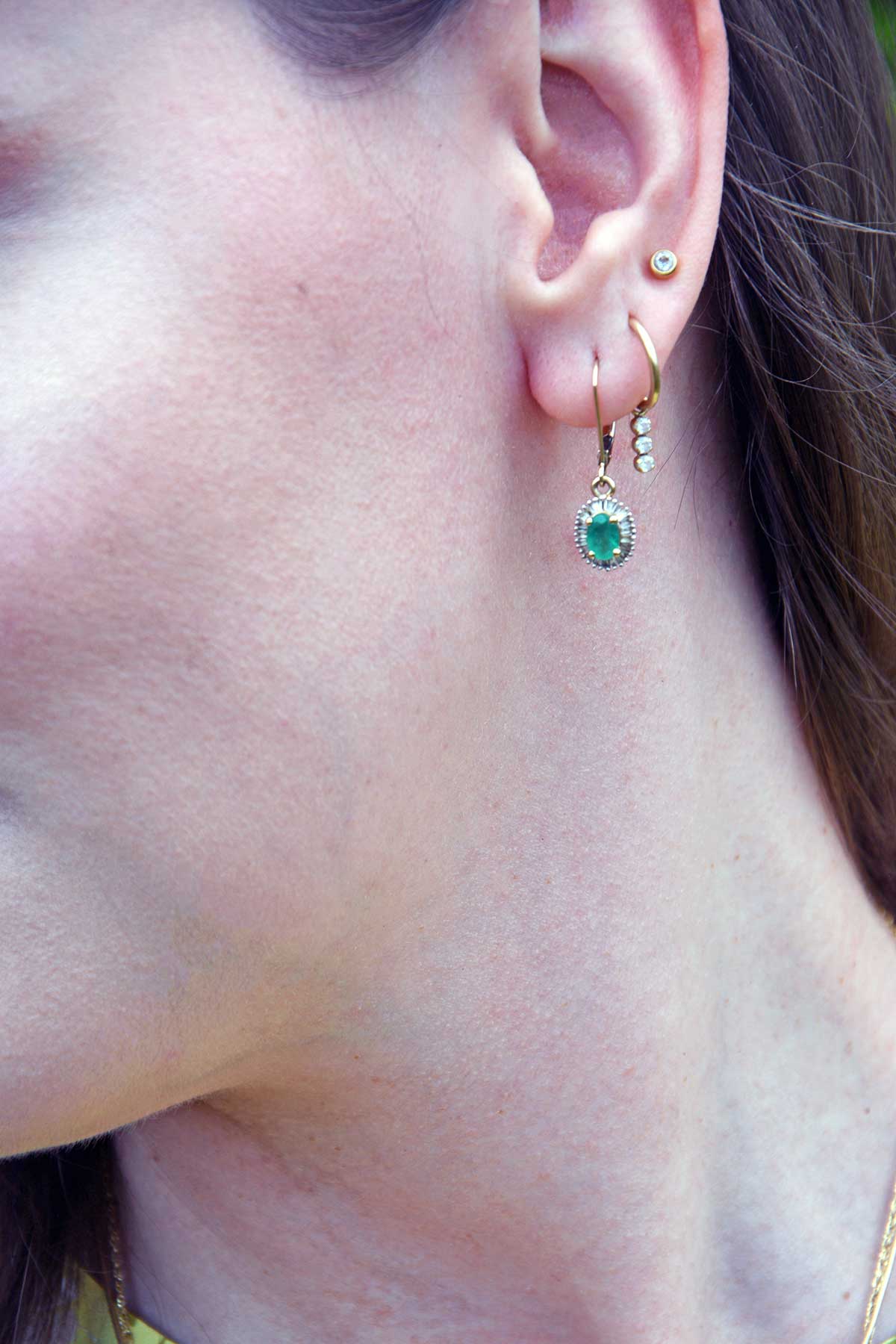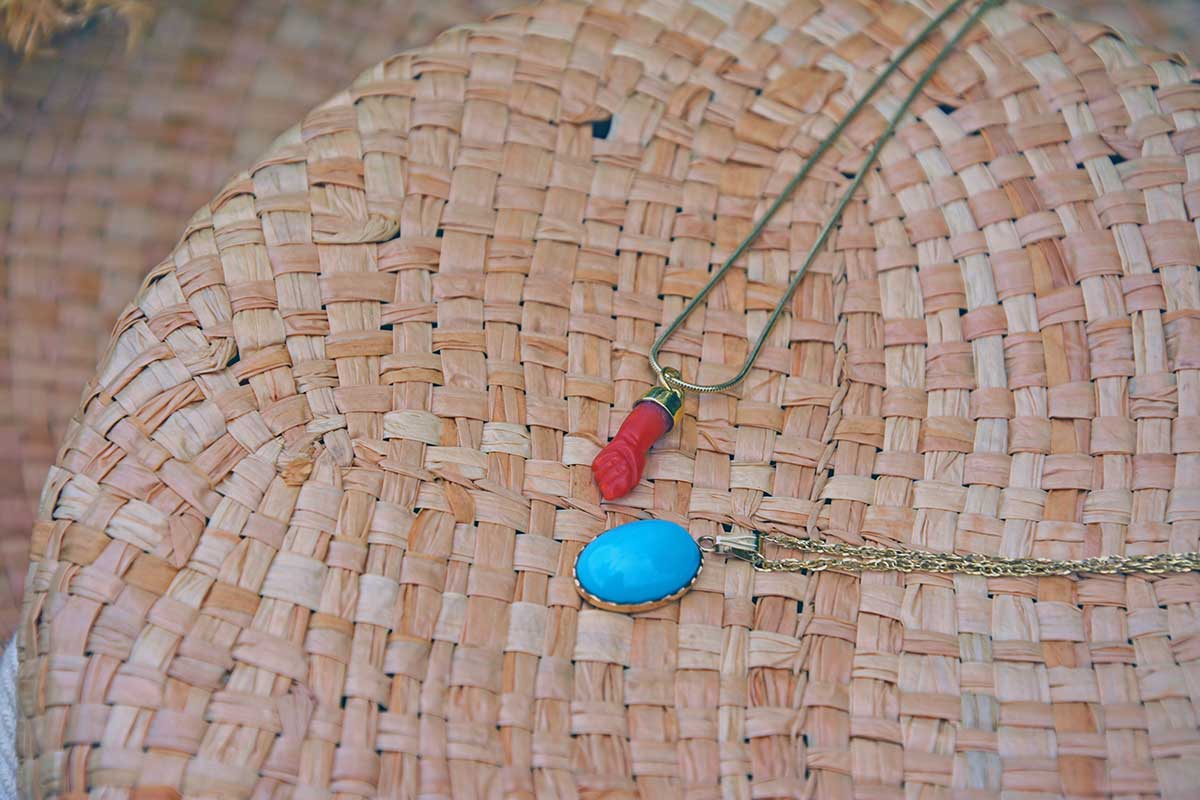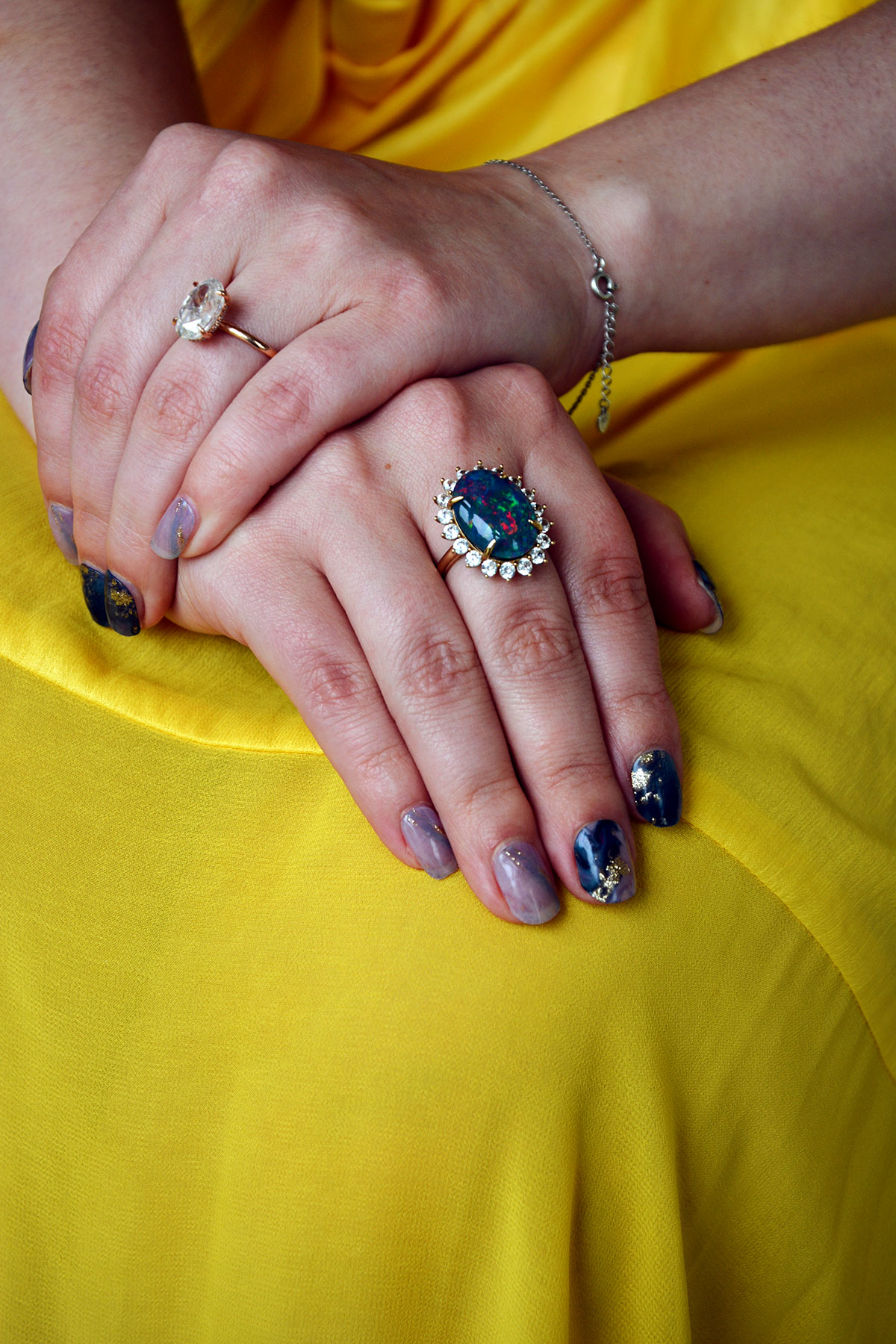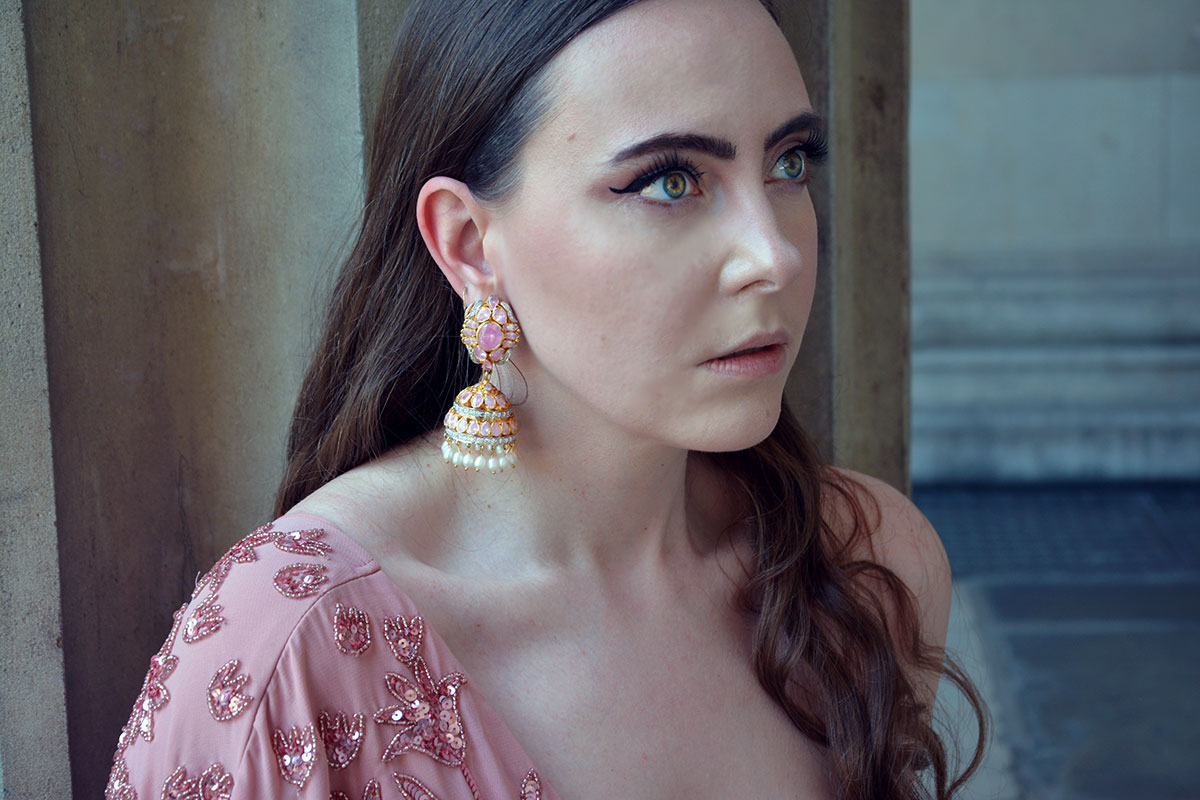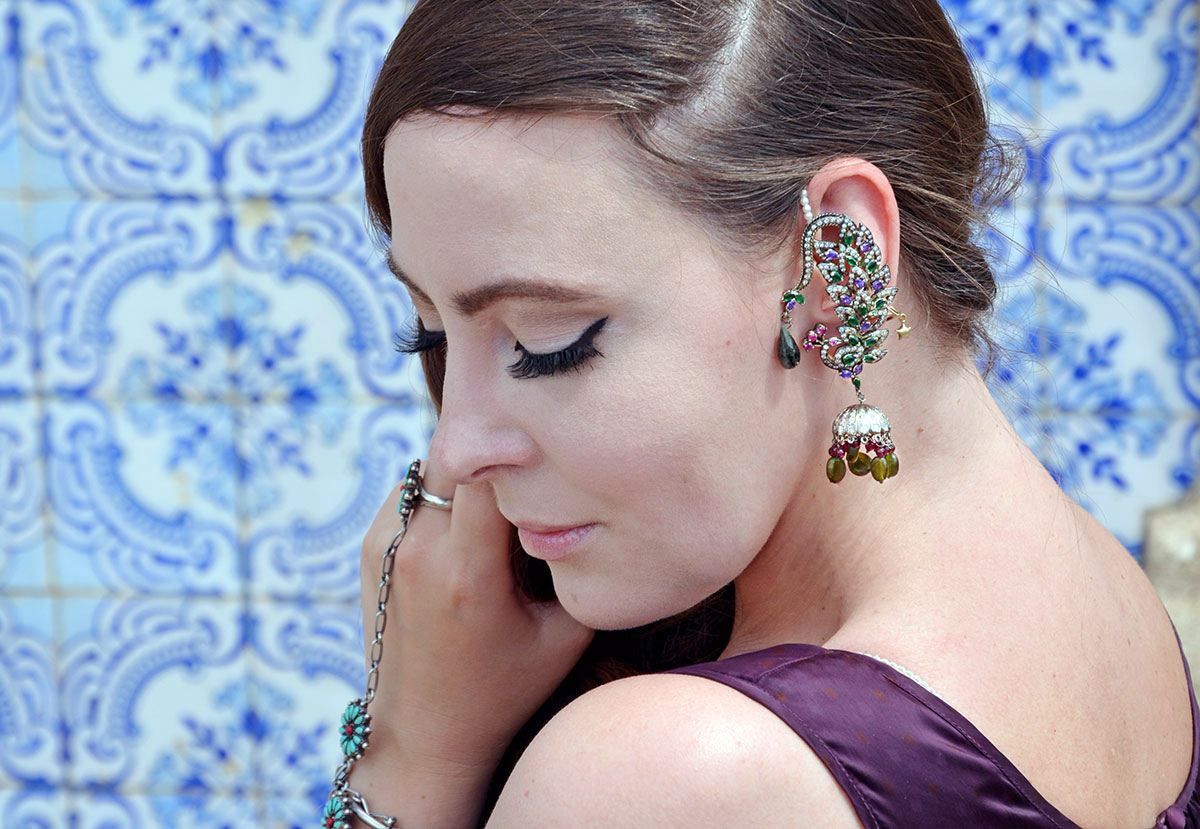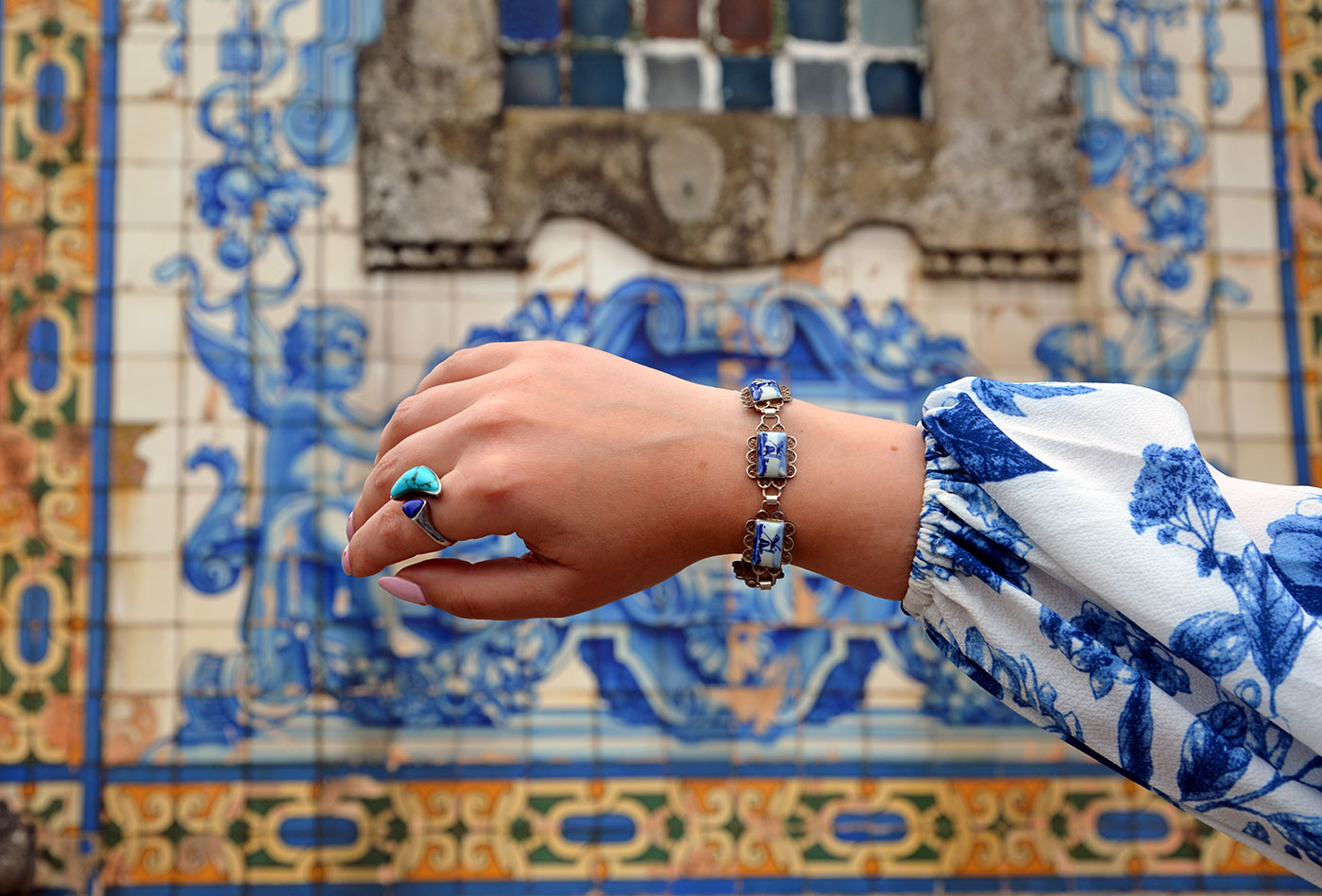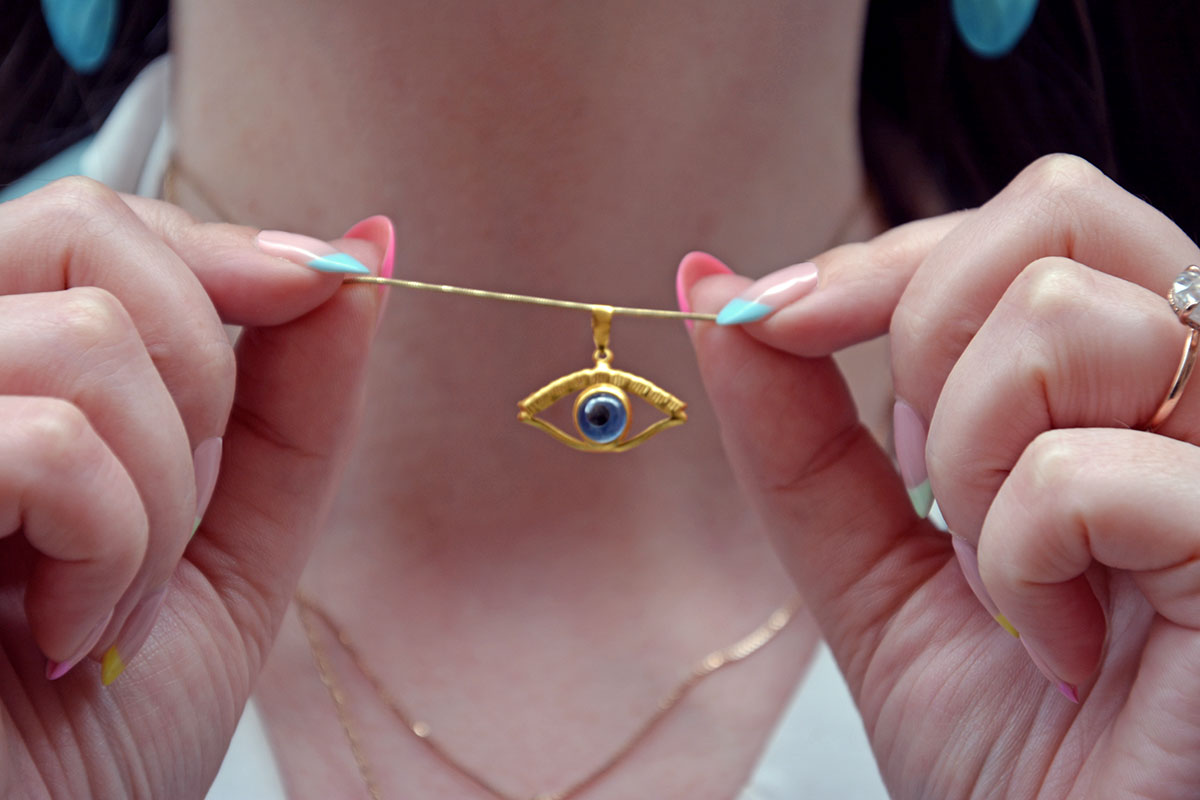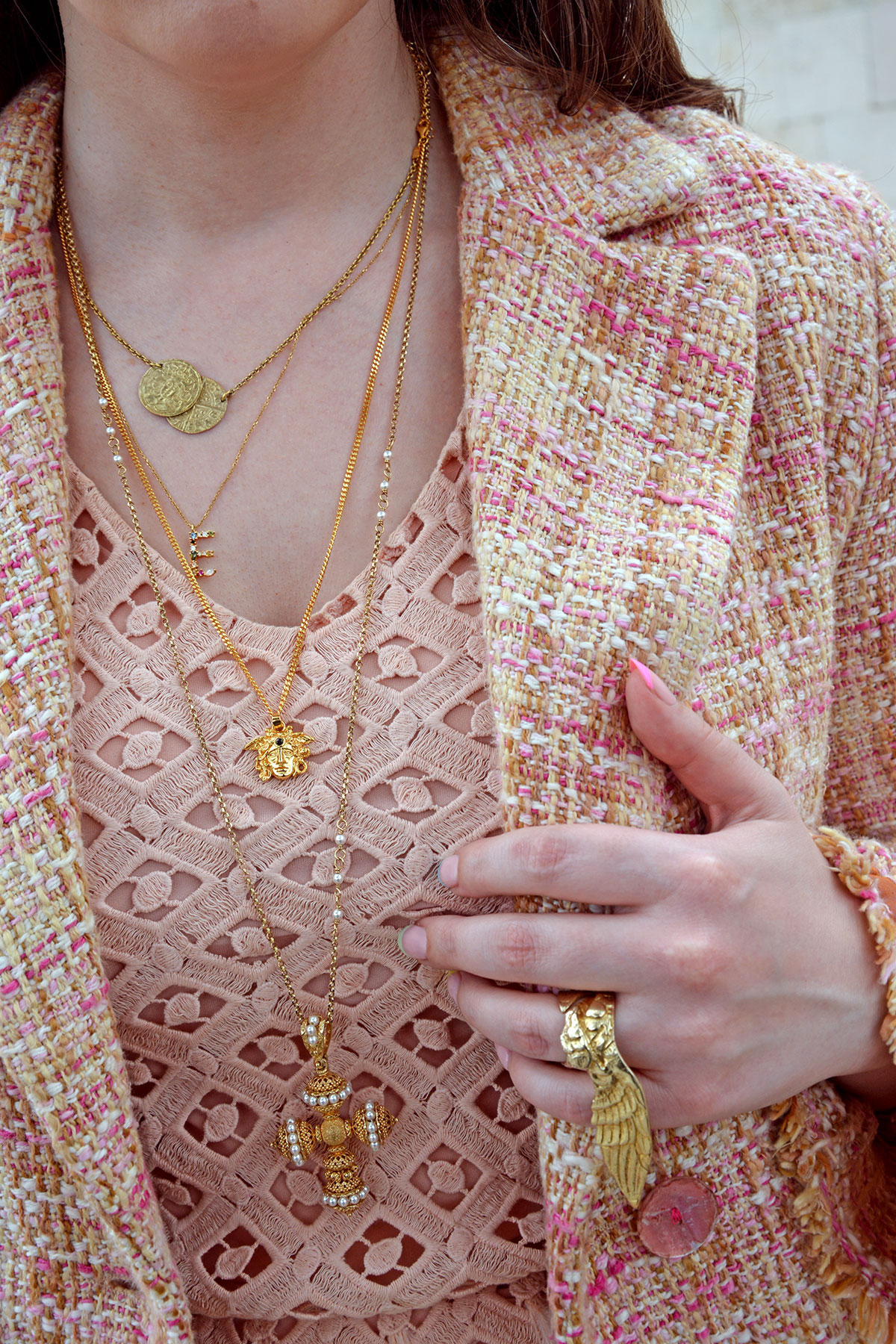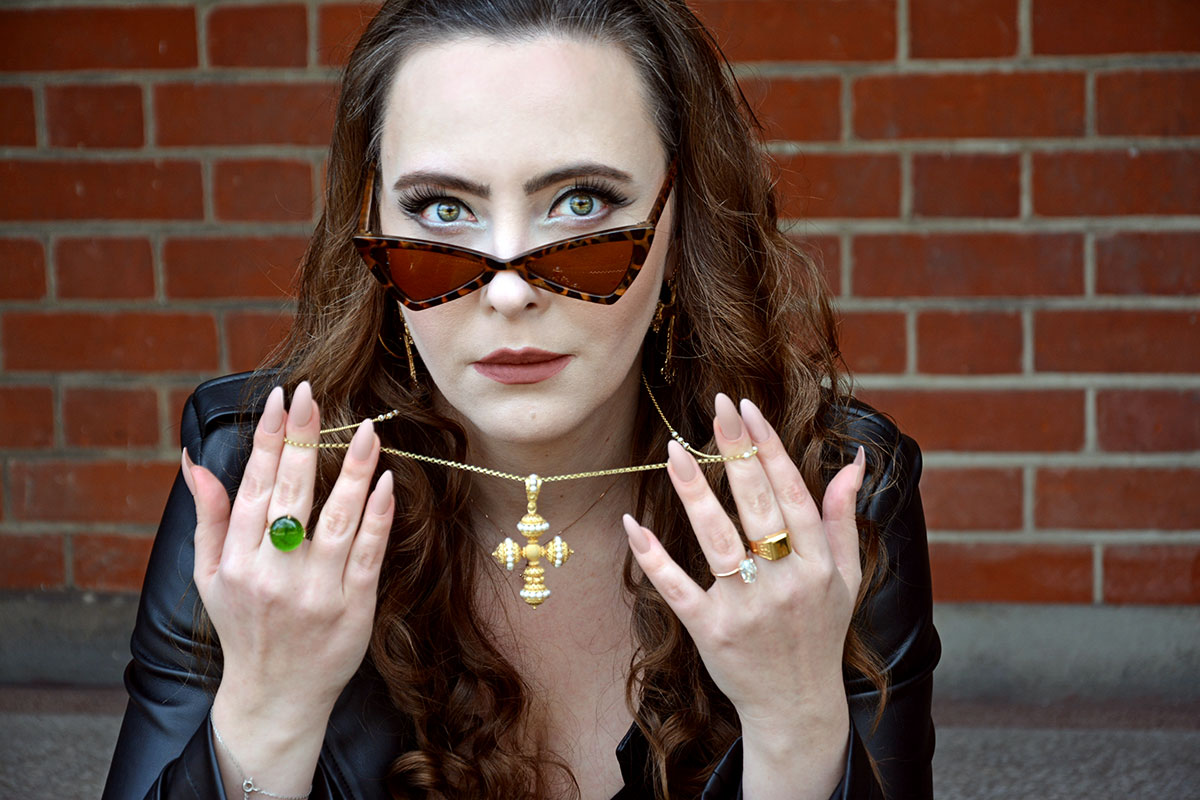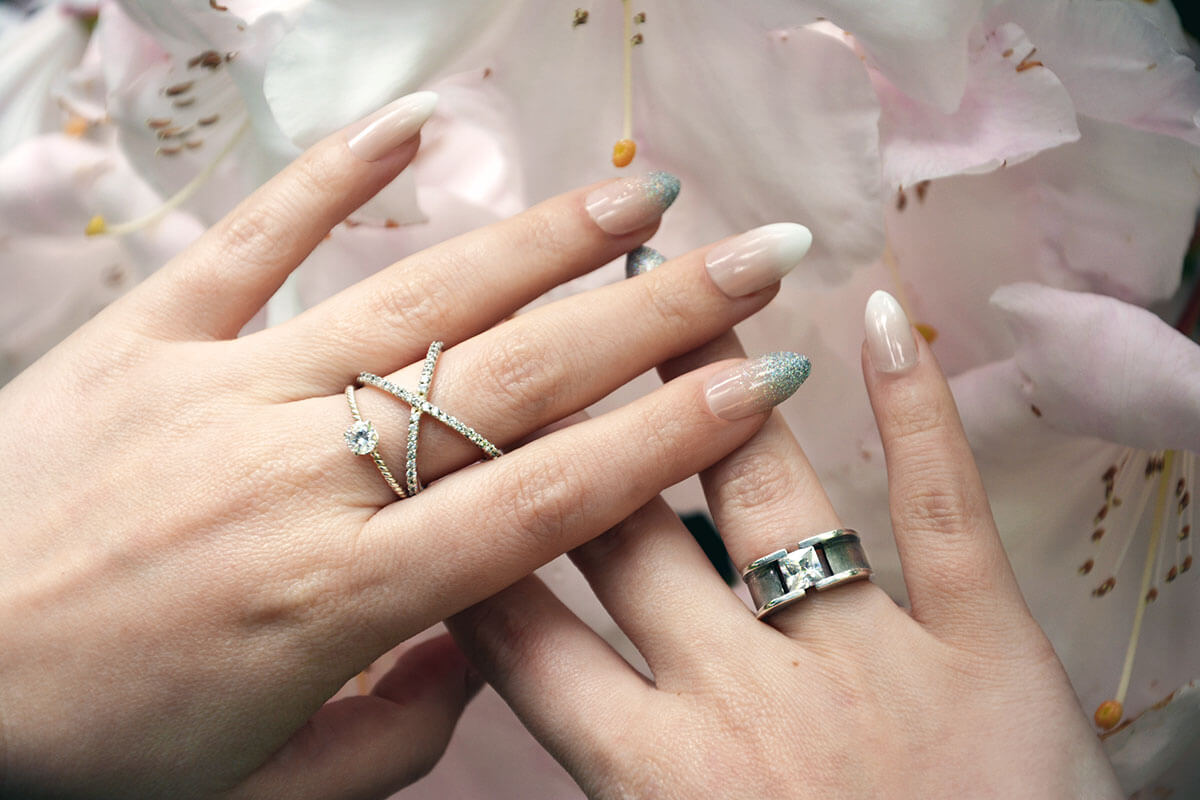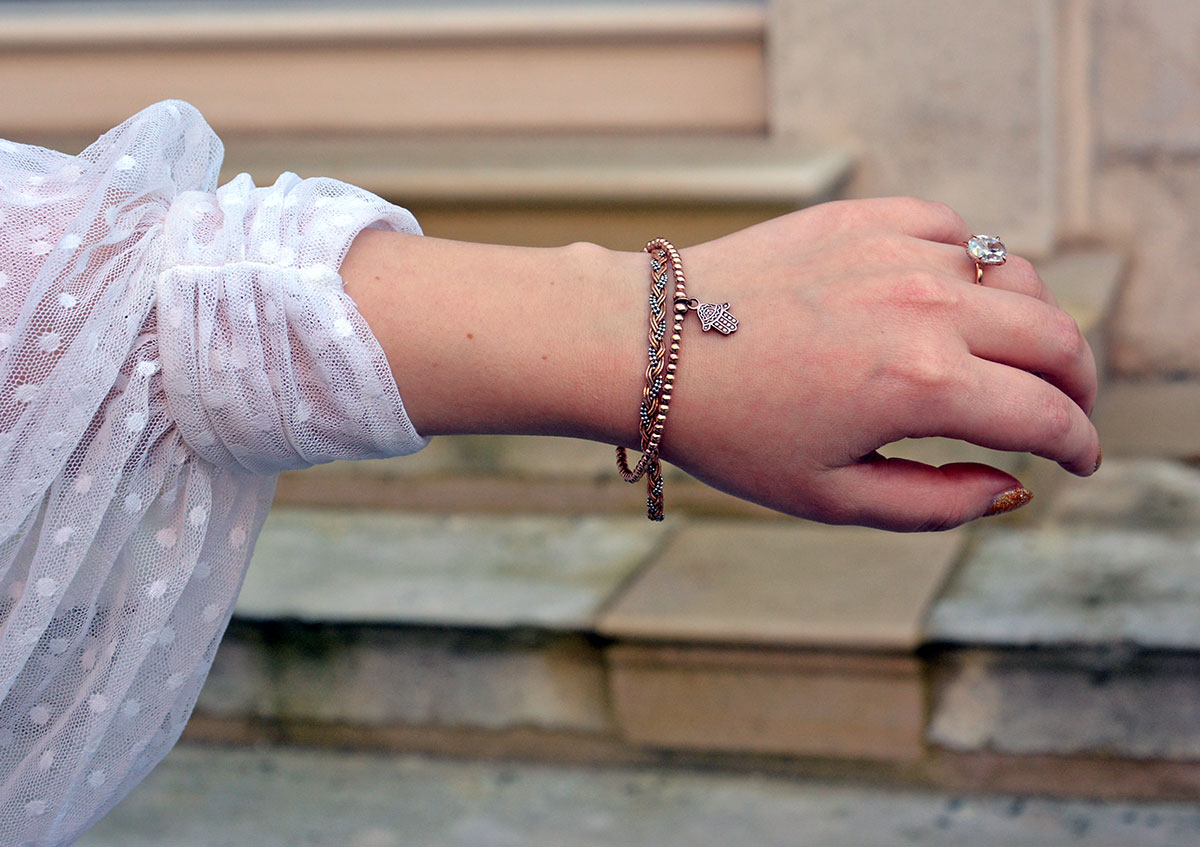Want to wear a low-key profanity on your neck without looking vulgar? Step aside middle finger, go back to sleep engraved swear words, it’s time to make space for mano figa pendants and charms in your jewellery collection.
What does mano figa mean?
The fig sign (or figa, or mano in fica for the Italian speakers), is considered to be a bit of a naughty little sign, dating back to Roman times (though some may argue that it could have originated in India). This gesture – which you can proudly master by wedging your thumb between your index and middle fingers – is a representation of a woman’s genitals. Genitals? I’d usually use much more direct language, but on this occasion I need to keep this factual. Search engines might take me for an inappropriate site that talks about inappropriate things, despite half the population being born with a vagina – excuse me, female genitalia – which should at least make it an inoffensive, normal body part. But we’re not there yet.
But let’s go back to the figa sign. Those Ancient Romans who chose thug-life by expressing themselves with the figa have ensured the symbol was carried on through the Mediterranean, Turkey and straight into Latin and Slavic cultures. That’s right, the gesture generally used to be a pretty gangster way to say no, go away, buzz off or to voice a bit of a tongue-in-cheek insult without actually opening your mouth. These days though the rudeness scale of the symbol has mostly gone down to 4-year-olds seeing it as their stolen nose.
Wearing figa pendants and charms
So how has the figa become a good luck charm to be worn on necklaces or bracelets, if it was intended to be an insult? This paradox is actually the reason why it has become a good luck charm. The gesture was considered to be so obscene, that even evil spirits and ghosts would leave you alone as they wouldn’t want to start a turf war with someone as badass as you with that figa around your neck. It is this very sentiment that has transformed the figa from vulgarity into a talisman or amulet to wear to ward off the evil eye and bring luck.
Notable figas
- The figas you’re about to show to people who annoy you
- In Dante’s Divine Comedy Cantos XXV, the figa is making a cameo appearance when Fucci is making “fig” signs with his hands and blaspheming God.
- When seeing the figa sign is Eastern Europe, you are witnessing someone saying no or using the gensture to showcase “nothing”, ie how many chocolates you think you’re going to get? FIGA!
- Hold that thought. In many countries including Turkey, Korea as well as the aforementioned Eastern European countries, the figa can appear as a bit of a theatrical culmination when it is used as a synonym to “nothing”. For instance, if you are to ask for money from someone, they might start an intricate scene where they are looking through their pockets, only to uncover… the FIGA, aka you are getting nothing from them!
- Seeing the figa gesture in Japan means you are observing someone talking about sex
Are there places where I should avoid wearing the figa?
As we now know what the sign means, it’s important to add that its obscene powers are on the archaic side. Sure, it used to be rude, but now we’ve all moved on to the middle finger, leaving the figa as a bit of an innocent child’s joke. Of course, this doesn’t mean that you should consider wearing your largest figa pendant to a mega important business meeting with those of advanced seniority who might even remember the figa power glory days. If they have a fantastic sense of humour and are familiar with the gesture, you’ll do just great in your business meeting. But if they were bullied by their big brother shoving figa signs in their face, you might trigger their PTSD, so maybe your figa pendant won’t be a welcomed view. The moral of the story is – some will get it, some will not. If YOU believe it’s here to bring you good luck, it will certainly do so.
Would you wear figa jewellery?

